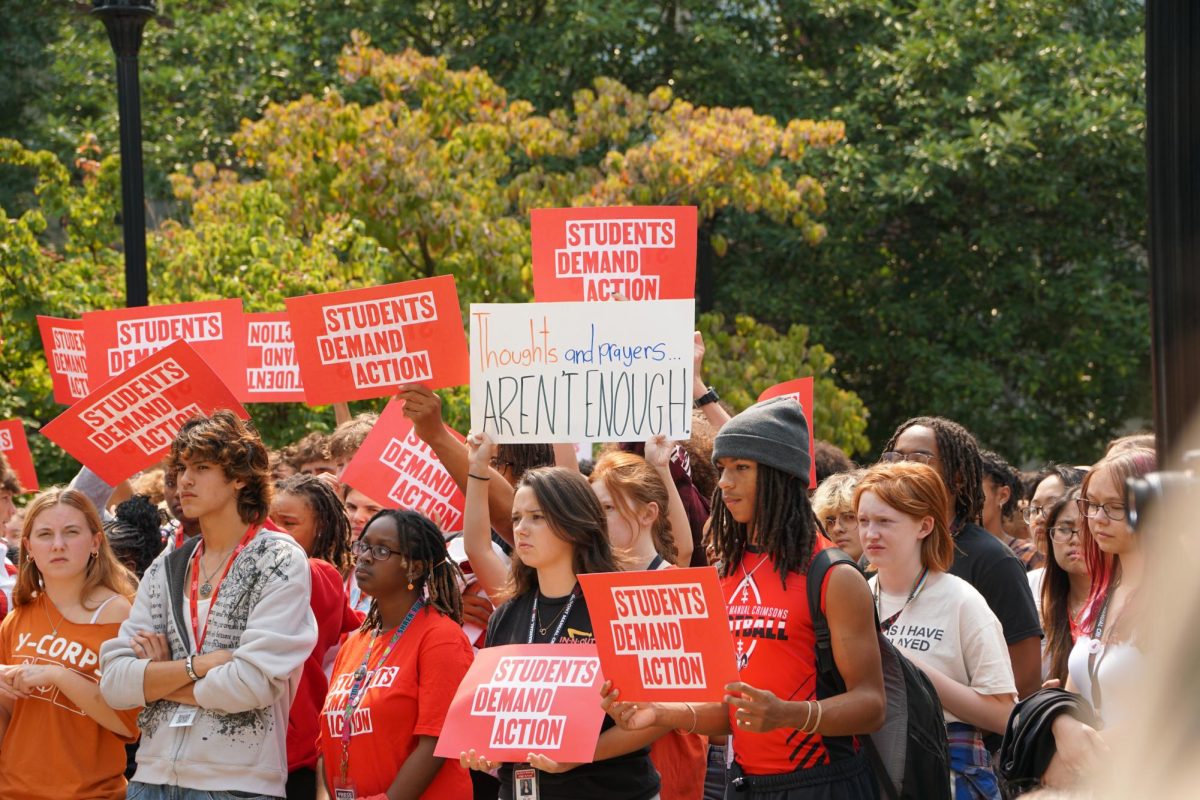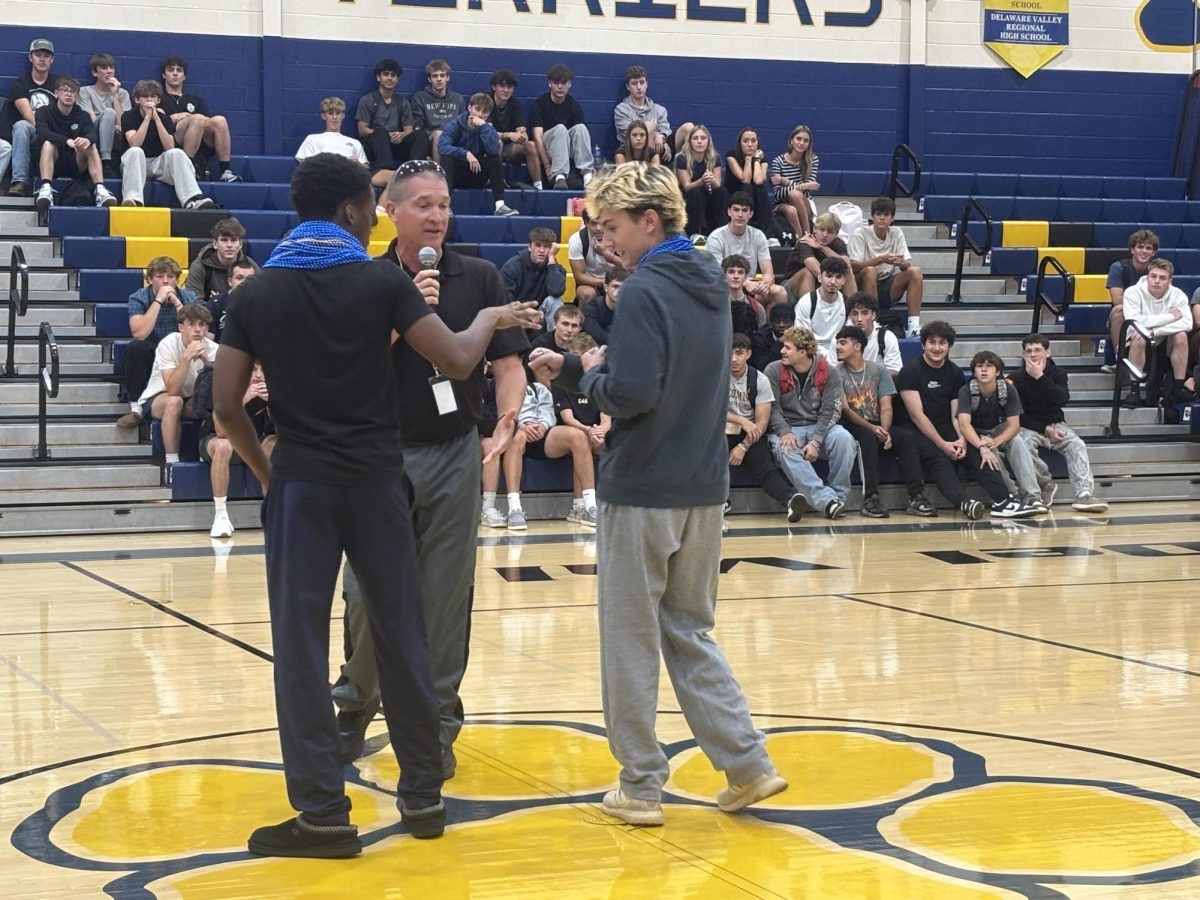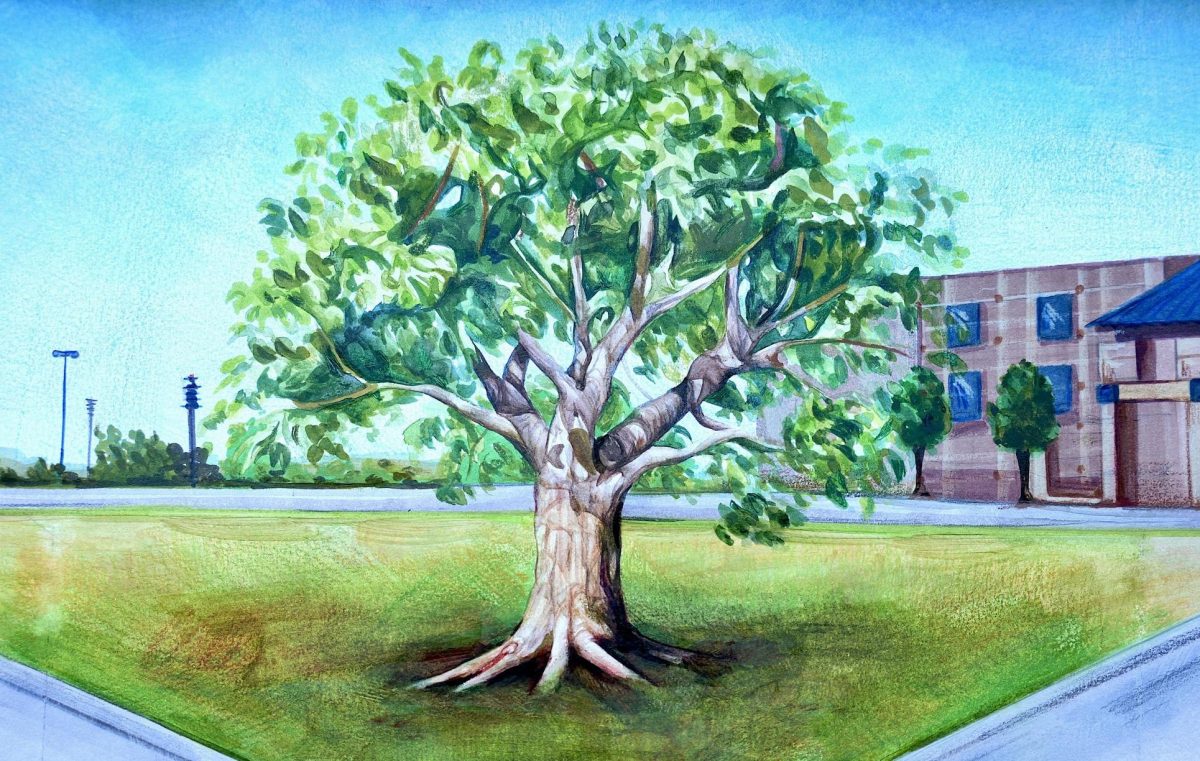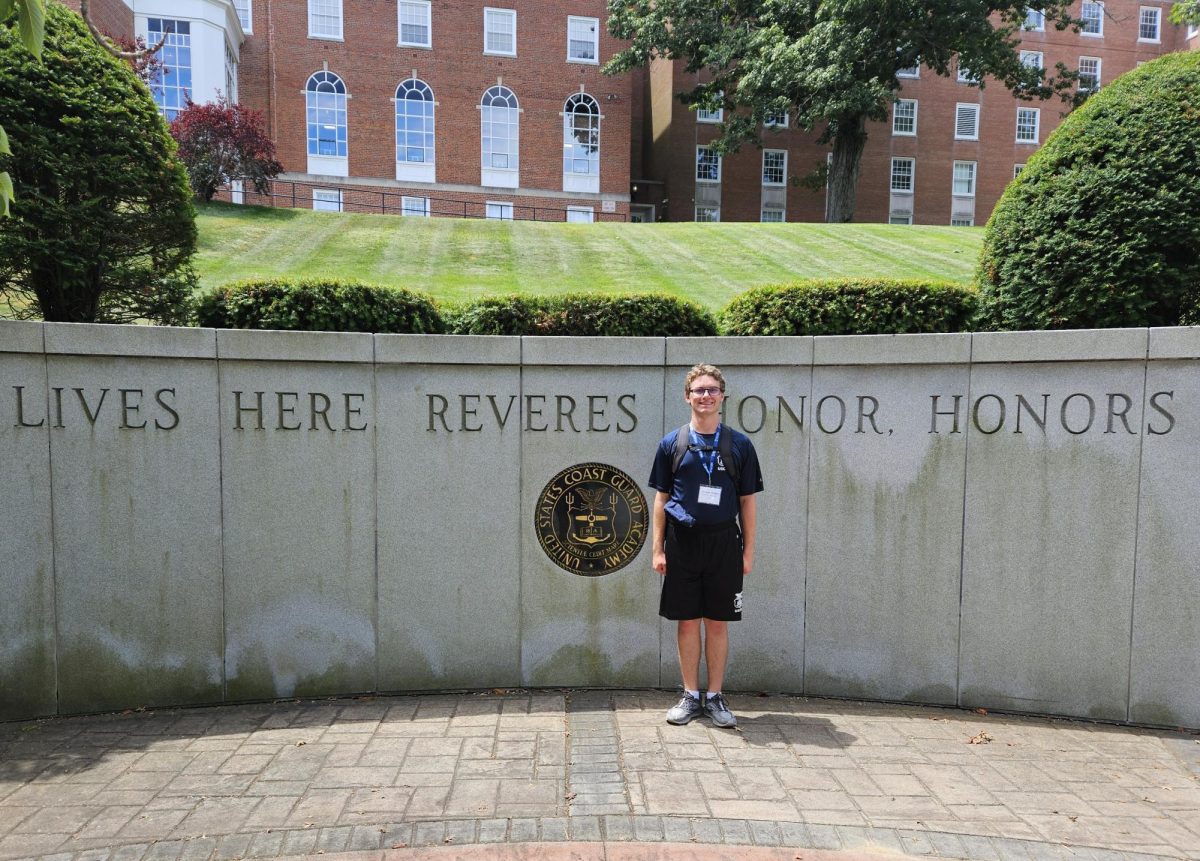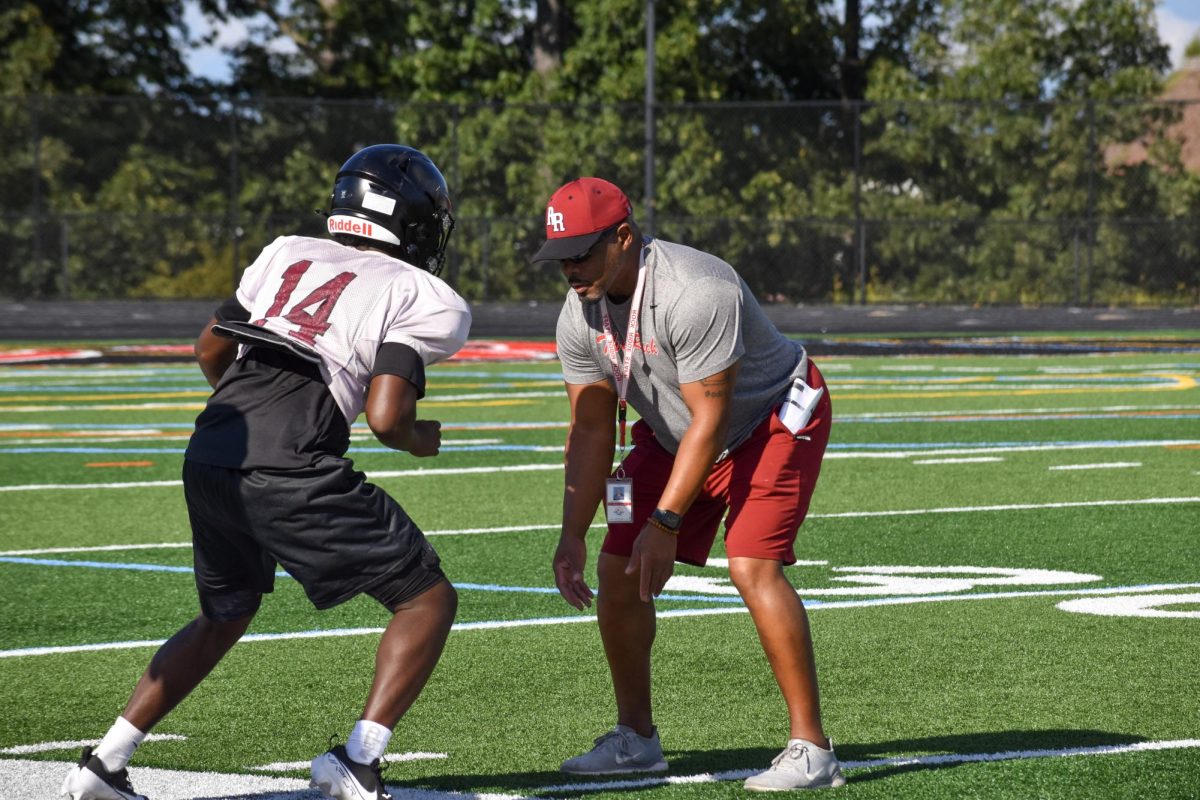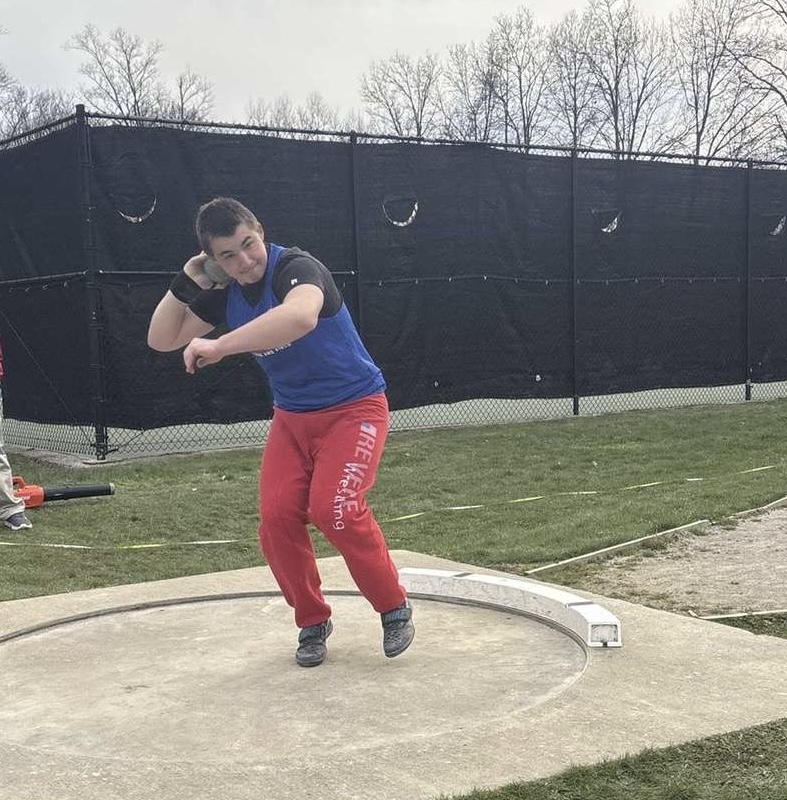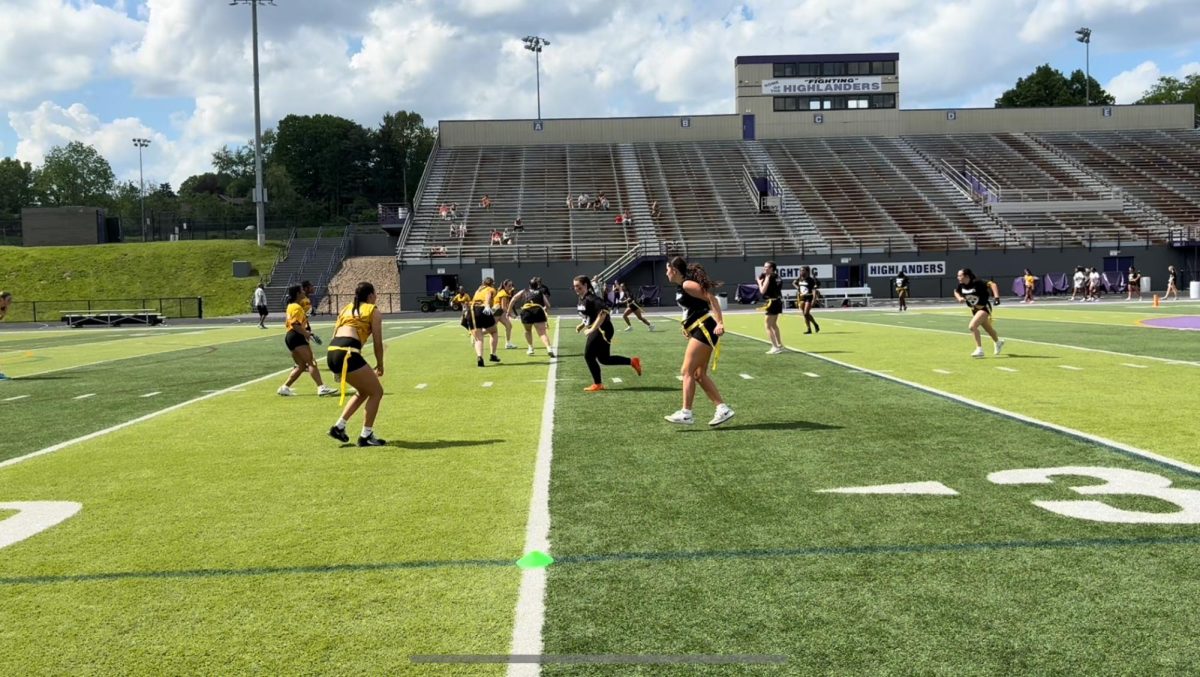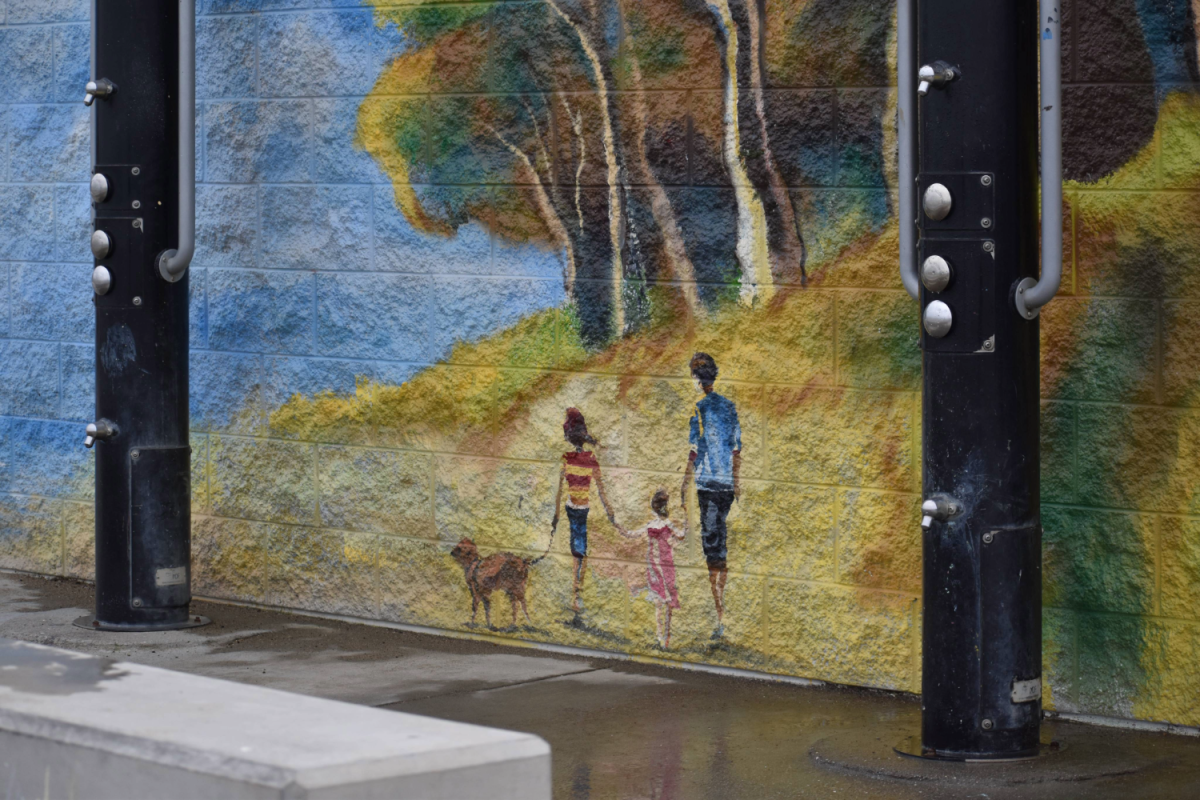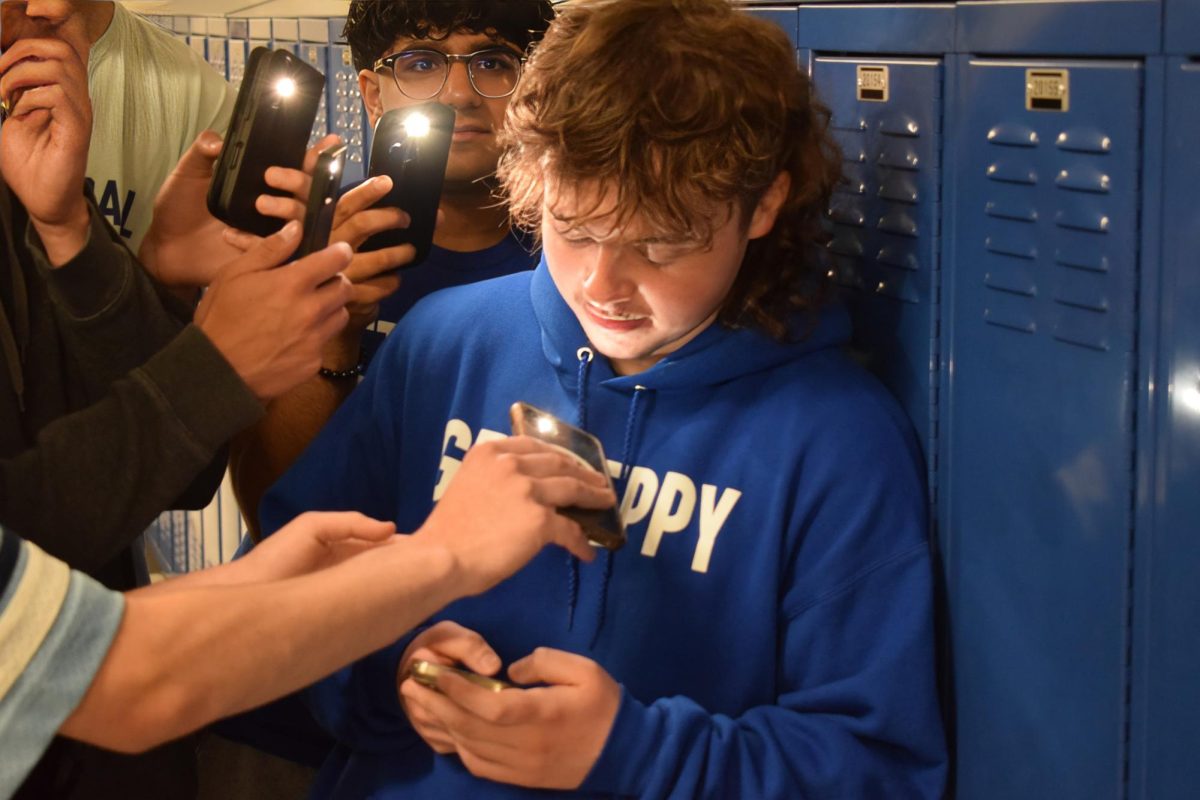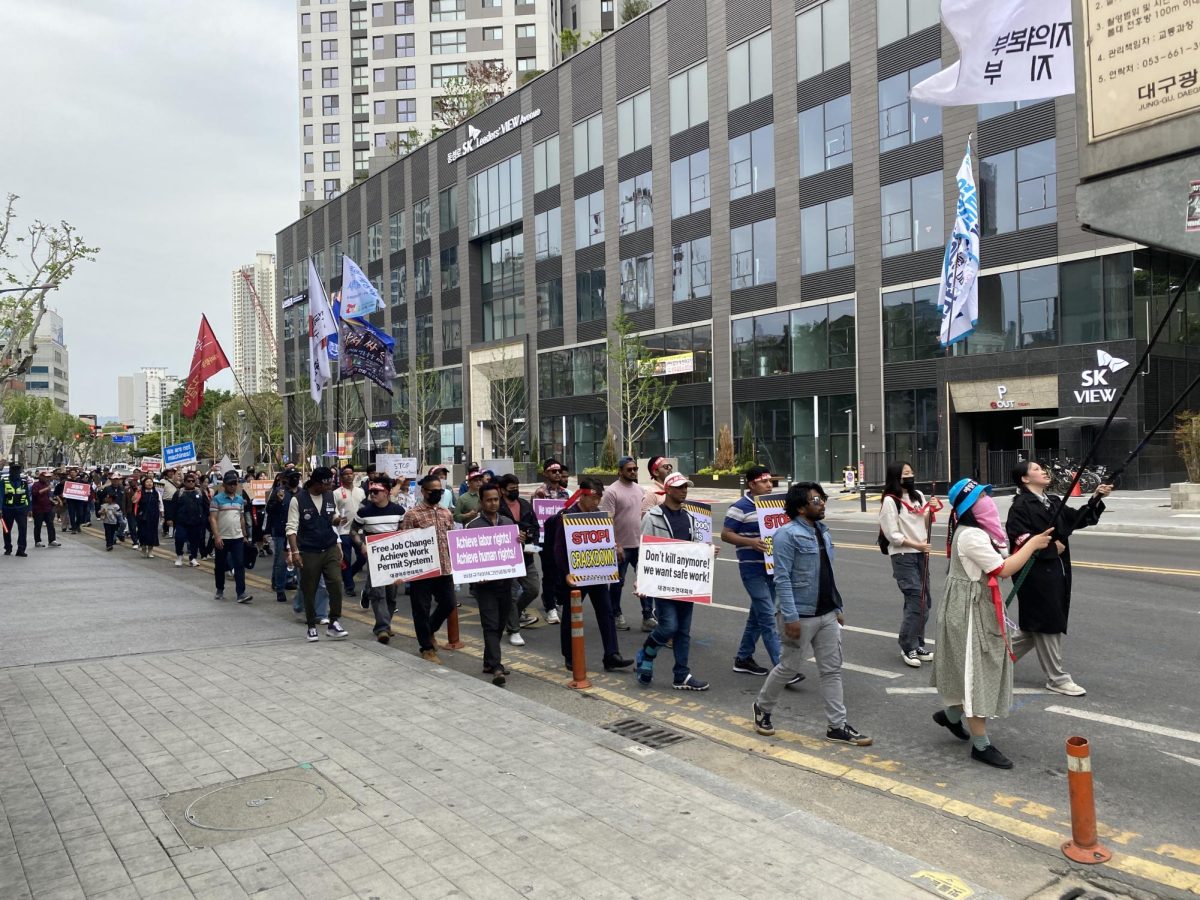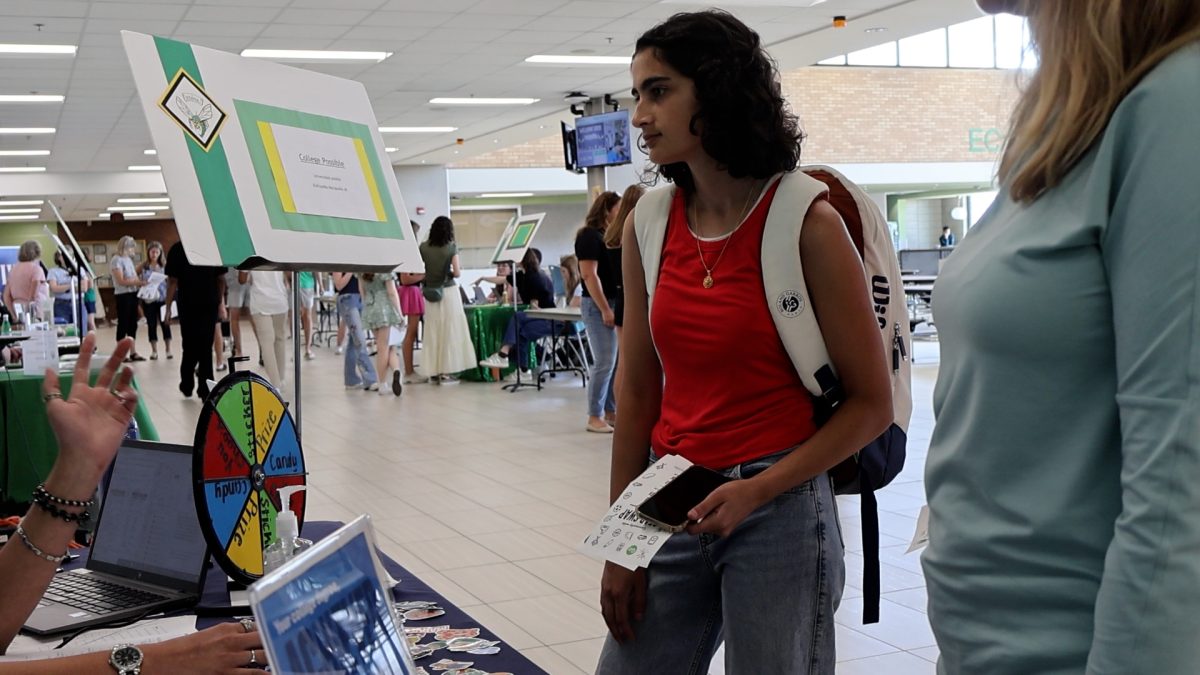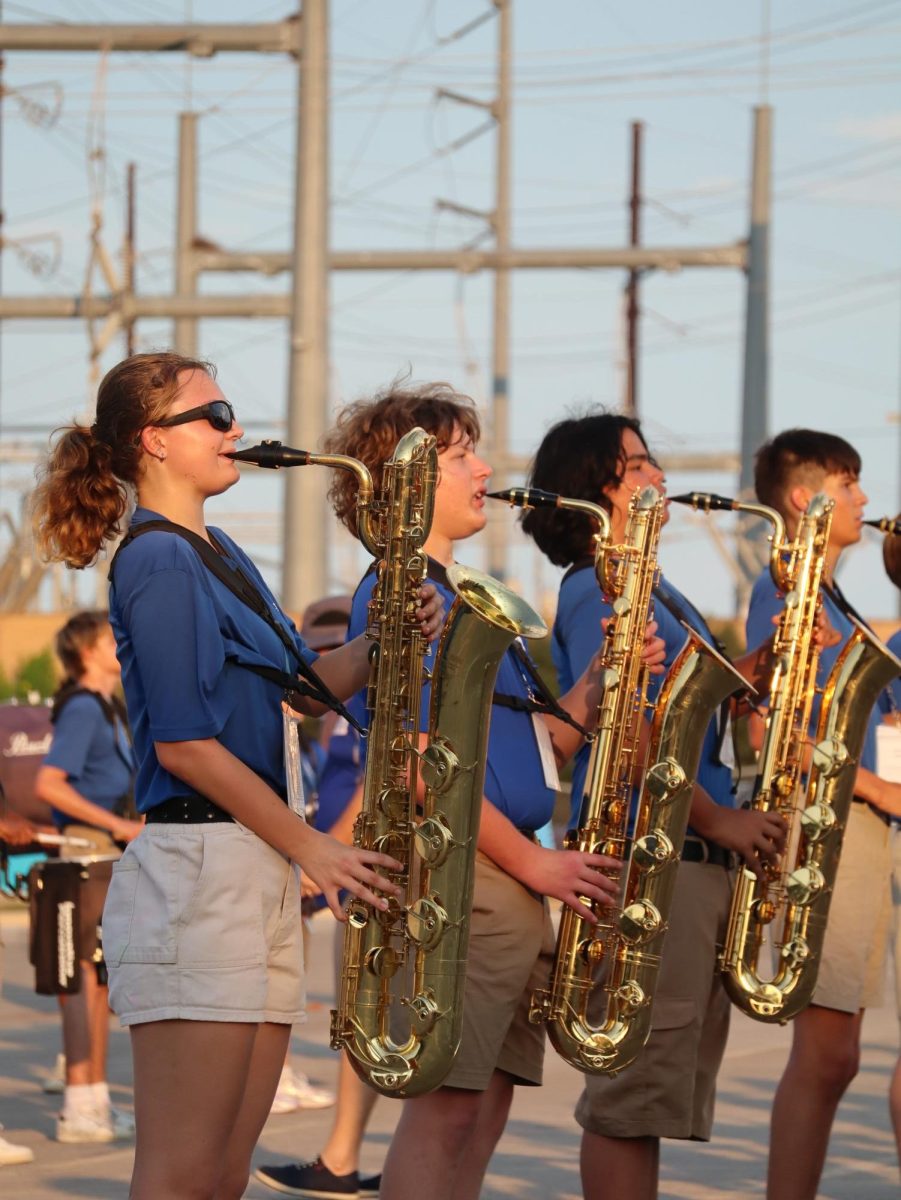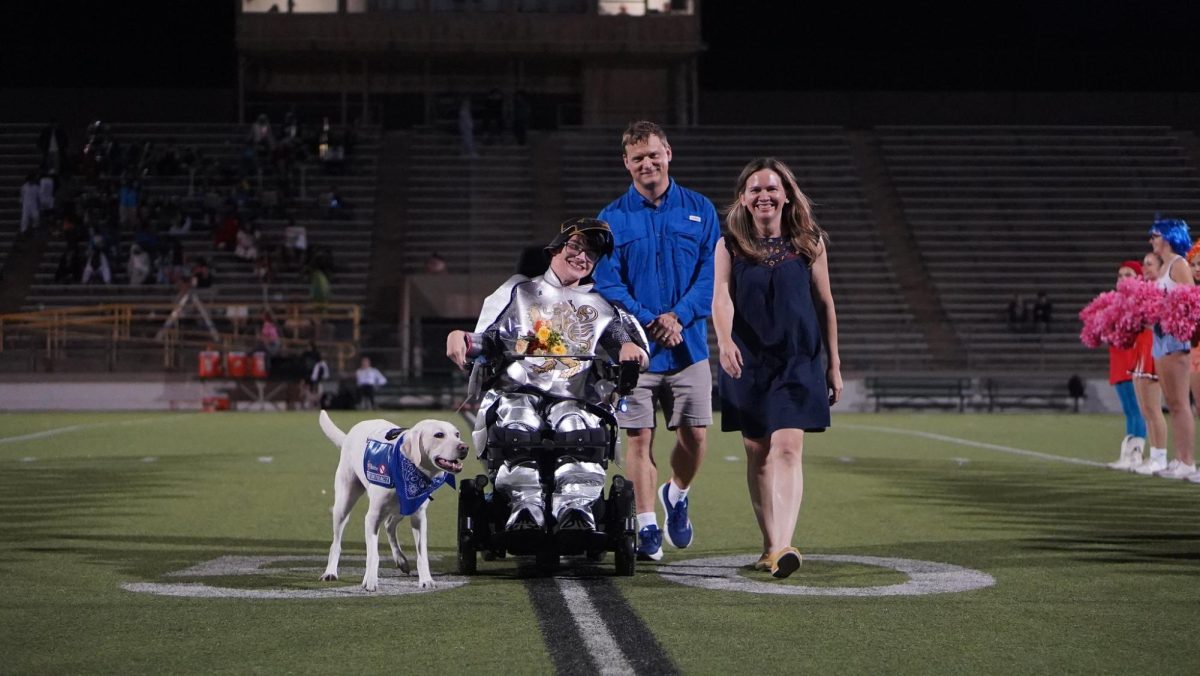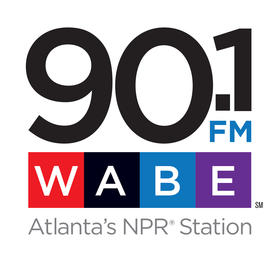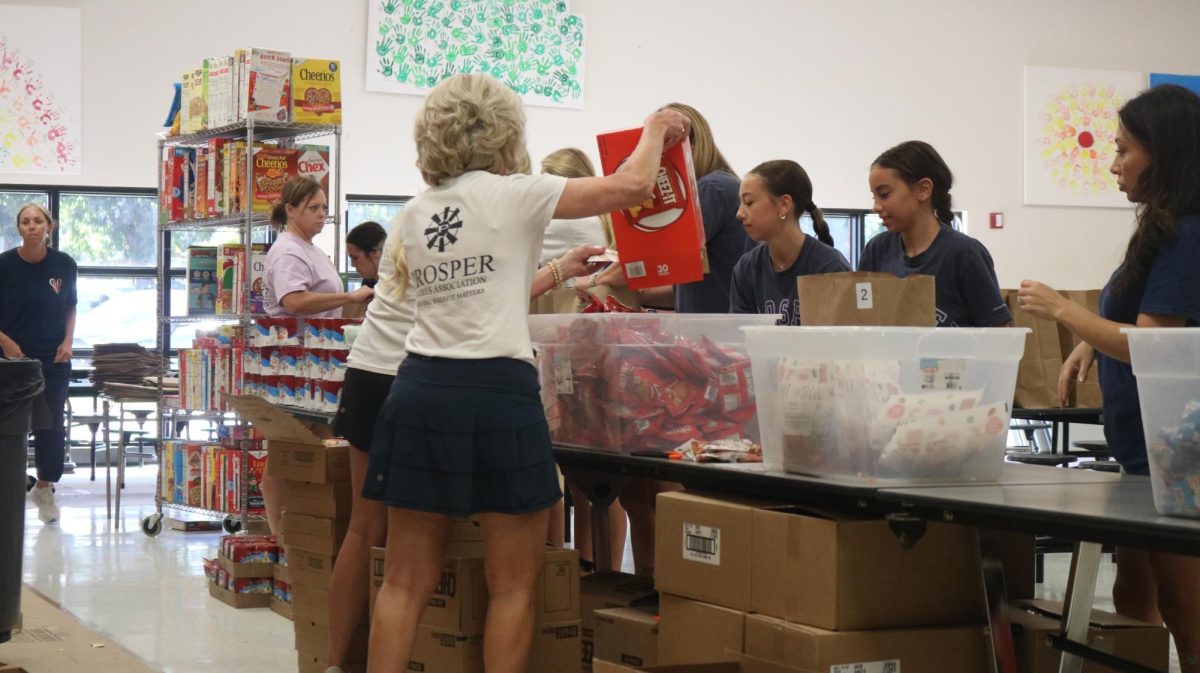As each school day starts, chaos sweeps through the lanes of Johnson Avenue, the major road that acts as both an entrance and exit to Lynbrook’s campus. Cars wait impatiently to turn, students hurriedly cross the street and bikers swerve through intersections. As a result, busy areas such as the intersections and drop-off areas along Johnson Avenue have been known for collisions between pedestrians, bicyclists and cars, gaining the attention of students, staff members and worried parents alike. To best combat this, the Lynbrook community should increase awareness surrounding current safety issues and look into reinforcing safety efforts around campus.
Currently, Lynbrook’s administration has been trying to keep themselves involved in student safety — regularly sending staff to manage crosswalks and drop-off areas. Such efforts have not been in vain: traffic congestion has been significantly reduced, and overall efficiency in drop-off areas has increased, but their efforts alone are not always fully sufficient. Although they help establish a higher safety standard around campus, jaywalking, distracted driving and other hazardous behaviors out of administrators’ control continue to cause stress and danger.
“It’s not always safe — people are always in a hurry, and as a result, they drive recklessly,” said sophomore Rayna Kumar, whose parents’ car was totaled due to a swerving driver near Johnson Avenue. “Since it’s early in the morning, not everybody is fully awake, and you can tell based on how they drive.”
Unfortunately, it is not just morning grogginess that endangers these roads. According to a survey sent out to Lynbrook students regarding traffic safety, 57.6% of 158 respondents indicated that reckless or distracted driving is one of the main catalysts behind safety problems. 50% indicated miscommunications on the roads, while 49.4% cited inattentive edestrian crossing. Additionally, 45.6% of respondents indicated that they arrive at school less than five minutes before school, another possible explanation for the increasing chaos approaching school start time.
“We’re humans — accidents will happen,” said Tim Wehner, Lynbrook crosswalk guard and paraeducator. “But if people do know the rules of the road and commit to safety and courtesy, I don’t think we have to restructure. It’s all workable — it’s just distractions from conversations, cell phones and being impatient that cause problems.”
Other more nuanced issues, such as the lack of essential protective gear, also contribute to safety concerns on these roads. For bikers, not wearing a helmet presents significant risks.
“As a biker, I know that wearing a helmet is for protection, even though it’s uncomfortable sometimes,” junior Yule Kim said. “I think we all know the dangers of not wearing a helmet, but it also just doesn’t occur to me that something might happen.”
In these instances, the temptation of convenience can compromise safety, highlighting the need for students to recognize the lasting consequences that can arise from overlooking safety measures.
“Awareness is key,” student conduct specialist Thomas Lopez said. “Don’t have headphones all the way in and don’t be glued to the phone screen — those are really big factors that cause accidents. It would be nice for drivers to be more patient so the students can get to class safely. Bikers and pedestrians should not be afraid to cross the road.”
While some safety measures such as having staff direct traffic are implemented at the school level, other initiatives, such as hiring new staff to regulate traffic, remain outside of Lynbrook administration’s control. Since their presence would only be necessary during specific times of the day, it makes hiring difficult. Current staff monitor traffic as volunteers on top of their already existing responsibilities. However, advisories or school-wide lessons on traffic safety may be implementable by integrating them with the curriculum because the school can host Lynbrook-specific advisories one to two times a year. This would greatly benefit the current traffic situation due to advisories being one of the most unified ways of informing our student body of any changes.
Given these limitations, the Lynbrook community needs to ensure that potential new initiatives will effectively reach our community. For administration, this could take the form of clarifying safety practices such as crosswalk etiquette and helmet-wearing through emails or even the occasional Lynbrook public webinar. For students, this could take the form of broadcasting reminders through the ASB morning announcements or even starting new initiatives dedicated to traffic safety with the Legislative Council.
Students should also be expected to have a comprehensive understanding of traffic laws and safety etiquette. Parents dropping their students off in a designated legal area would greatly enhance safety efforts. If the district or school decides to implement a parent volunteer program, it would be a valuable way for parents to contribute, such as serving as crosswalk guards. These efforts can help raise awareness of current issues and remind both students and community members to adhere to traffic safety and enhance safety standards.
“You only cross the street for 15 to 30 seconds,” Wehner said. “But that might be the most important time because close calls and accidents can happen in those split-second moments. Students aren’t being aware of that coming into the intersections.”
Traffic safety and regulation ultimately impact students, parents and staff alike. It is the joint responsibility of the Lynbrook community to maintain a safe environment on roads near Lynbrook.
“Students generally are pretty diligent with traffic rules; they’re patient and students pay attention, so most of the time it’s fine,” Principal Maria Jackson said. “But all it takes is one student, one accident, so we have to plan and try to reduce it as much as we can until the possibility of students getting hurt is close to zero.”
This story was originally published on The Epic on November 4, 2024.


